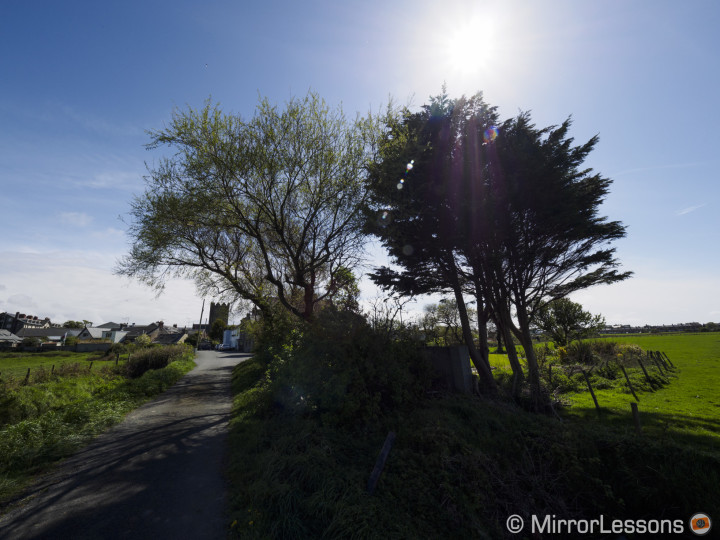Update: check out the Olympus 7-14mm f/2.8 complete review here!
Today Olympus announced two extreme wide angle lenses for the Micro Four Thirds system: the 7-14mm f/2.8 and the 8mm f/1.8 Fisheye. We received these two new lenses a few days before travelling to London for the LNDWLK 3.0 event, and with our preparations for our trip to Canada in the mix, we decided to postpone our review for a couple of weeks so that we can have more time to try them in-depth. Of course we didn’t want to let our readers down, so we took as many sample images as possible over the past three days and have shared them here for you to see.
This first gallery features the 7-14mm f/2.8, the third zoom labelled Pro by Olympus in addition to the 12-40mm f/2.8 and 40-150mm f/2.8. It goes into direct competition with the Panasonic 7-14mm f/4 with the obvious advantage of having a faster aperture.
Reminder: Also check out our Olympus 8mm f/1.8 Fisheye gallery here!
[expand title=”The M.ZUIKO DIGITAL ED 7-14mm 1:2.8 PRO Specs”]
- Focal length: 7-14mm
- Focal length (equiv. 35mm): 14-28mm
- Maximum aperture: 2.8
- Minimum aperture: 22
- Number of aperture blades: 7 rounded
- Angle of view: 114 – 75°
- Closest focusing distance: 7.5cm
- Lens configuration:14 elements / 11 groups
- Special elements: 2 Aspherical ED, 1 DSA, 1 Aspherical, 3 Super ED, 1 ED and 2 HR elements
- Lens surface coating: Yes (Zero Coating)
- Maximum image magnification: 0.12x (max.)
- Optical Image Stabilizer: None
- Dimensions: φ78.9 Ø, 105.8 mm
- Filter diamater: None
- Weight: 534g
[/expand]
First impressions of the Olympus 7-14 2.8
Below is a non-exhaustive list of the most important features of this lens, as well as my first impressions after the first three days of use:
- Build quality: Excellent like the other Pro lenses such as the 12-40mm f/2.8. It is weather resistant (splash, dust and freeze proof).
- Size/Weight: Heavier and slightly larger than the 12-40mm Pro lens. The handling on the E-M1 remains excellent. With the E-M5, E-M10 and E-M5 II, I would consider the optional landscape grip to have a more balanced combination.
- Ease of use: Includes the manual focus clutch and L-Fn button like the 12-40mm.
- Optical performance: The minimum focus distance is 7.5cm throughout the entire zoom range. This is useful for creating some shallow depth-of-field that would otherwise be more difficult to achieve with a short focal length.
- Optical quality: Excellent sharpness at f/2.8 in the centre and good sharpness in the corners. Distortion is very well contained considering the extreme wide angle. Some lens flare is present when there are light sources at the edge of the frame or when sun rays are coming from the left/right, especially at 7mm because the lens protrudes more. I also found some occasional purple fringing as well which is not surprising on the Micro Four Thirds system.
- Accessories: There isn’t a filter thread. Lee Filters recently announced the SW150 Mark II filter system for ultra wide angles. I hope they will include this lens on the compatibility list in the future.
- Price and availability: Retail price is €1299 and the lens should be available from June 2015.
Below you can also check out a new hands-on video with better audio than the first one we did in Prague a few months ago. The video includes some image and video samples as well.
And now I will let the images do the talking! You will find a large gallery of image samples categorised by photographic genre (landscape, architecture, etc.). Make sure to scroll down to the end where you will also find some original files to download.
Let us know in the comments at the end of this post what you think about the images!
[toc heading_levels=”3″]
Landscape image samples







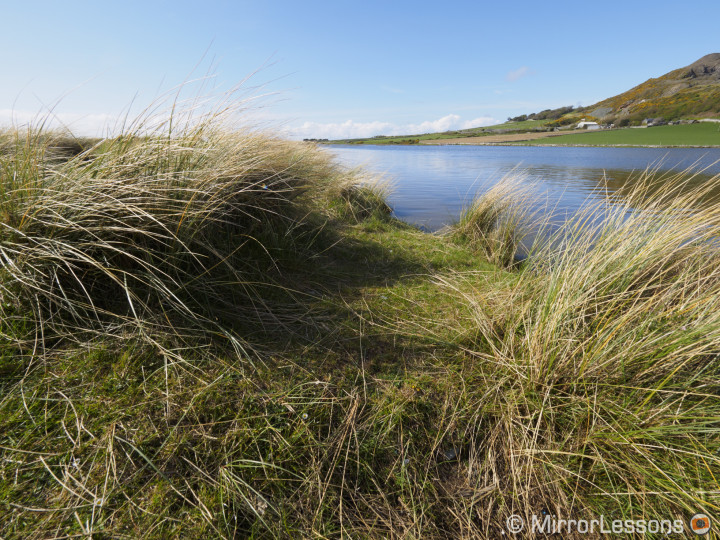


Architecture image samples
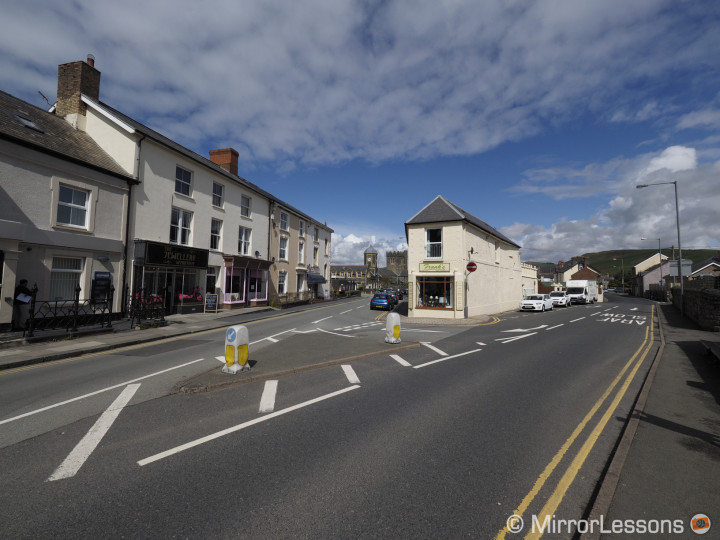







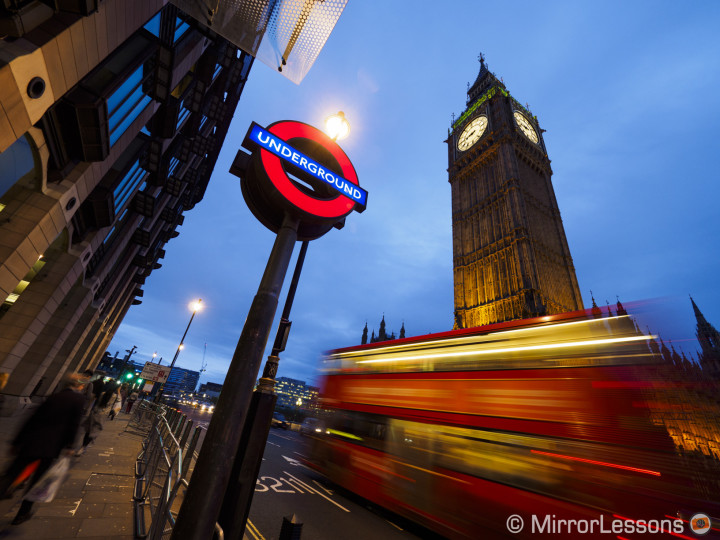


Interior image samples






Close distance image samples


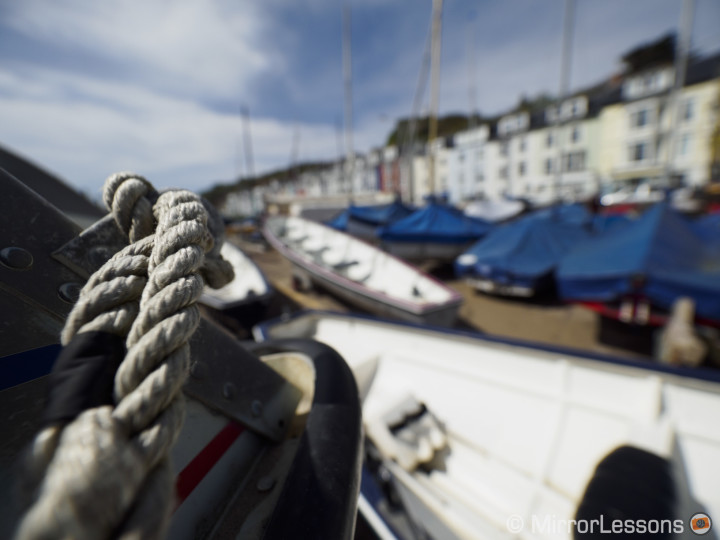
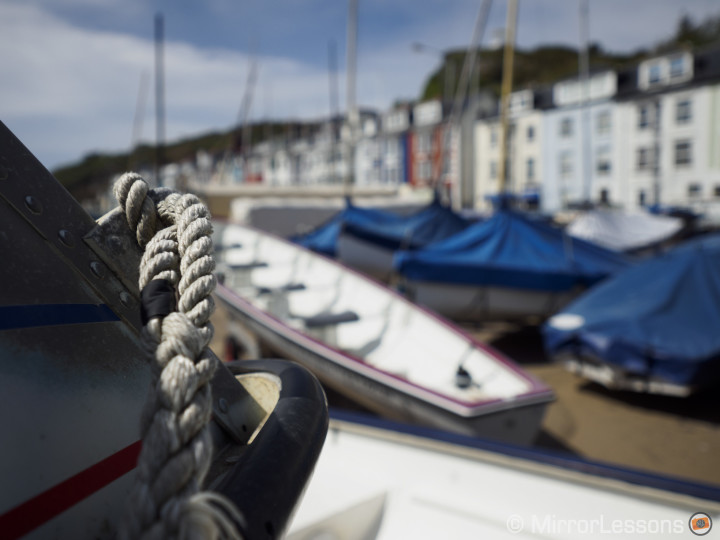
Flares image samples
